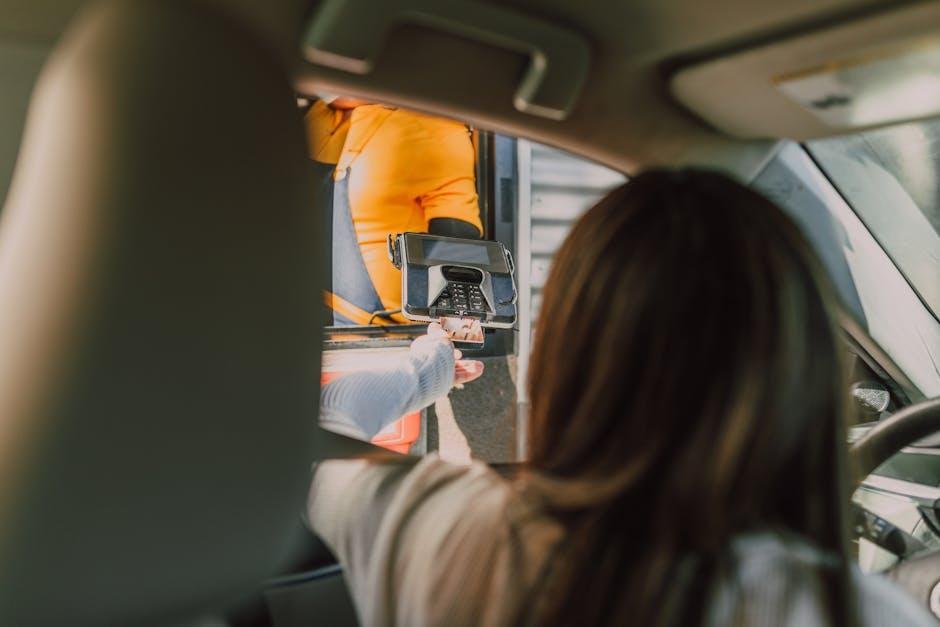In the bustling world of automobiles, the allure of shiny new models frequently enough overshadows a hidden gem—the used car lot.For many, the prospect of purchasing a pre-owned vehicle can evoke a mix of excitement and trepidation, much like stepping into a treasure trove filled with unexpected finds. But, just as with any treasure hunt, the journey comes with its own set of rewards and risks. As prices at dealerships soar and budget-conscious consumers seek alternatives, understanding the pros and cons of buying from a used car lot has never been more pertinent. in this article, we’ll navigate the winding road of used car purchasing, illuminating both the benefits that can make it a savvy choice and the pitfalls that may lurk in the shadows. Weather you’re a first-time buyer or a seasoned car owner, join us as we explore the nuanced landscape of used vehicles, guiding you toward an informed decision—one that fits yoru needs and budget.
Exploring the Financial Advantages of Purchasing a Used Vehicle
When considering the financial implications of buying a used vehicle, numerous advantages stand out, making it an attractive option for budget-conscious consumers. Firstly, purchasing a used car frequently enough comes with a significantly lower price tag compared to new models. This means that buyers can access higher-quality brands or models that would or else be out of reach if opting for a new car. Additionally, depreciation is a major factor; new vehicles typically lose a substantial amount of thier value in the first few years, whereas used cars have already undergone this steep decline, allowing buyers to retain more of their investment over time.
Furthermore, the financial benefits extend beyond just the purchase price. Used vehicles usually incur lower insurance premiums, as insurance rates are often based on the car’s age and value.This translates to ongoing savings for the owner. other cost-effective factors include reduced registration fees and taxes, as these are frequently enough calculated based on vehicle age and market value. To illustrate these potential savings, here’s a brief comparison of typical costs associated with new versus used cars:
| Cost Factor | New Vehicle | Used Vehicle |
|---|---|---|
| Purchase Price | $30,000 | $15,000 |
| Insurance Premium (Annual) | $1,200 | $800 |
| Registration Fees | $400 | $250 |
| Depreciation (1st Year) | $6,000 | $2,000 |

Understanding the Potential Risks Associated with Used Car Lots
When exploring the option of purchasing a vehicle from a used car lot, it’s essential to be aware of the potential pitfalls that can accompany such a transaction. One meaningful risk is the lack of openness regarding the vehicle’s history. Many used cars may have hidden issues, such as prior accidents or extensive repairs, that the dealer might not disclose. Significant documents like the vehicle title can sometimes be muddled or untrustworthy, raising additional red flags. Additionally, warranties offered on used cars can frequently enough be limited and arduous to navigate, leaving buyers with unexpected repair costs shortly after purchase.
Furthermore, the pressure tactics often employed at used car lots can lead to hasty decisions. Salespeople may encourage buyers to make swift choices, which might overlook critical aspects of the car’s condition or value. It’s also vital to be wary of the financing options presented. Some dealerships may push higher interest rates or unfavorable terms, making the overall cost of the car much higher than anticipated. To foster a more secured purchase, potential buyers should do thorough research and consider options such as:
- Obtaining a vehicle history report
- Getting a pre-purchase inspection from a trusted mechanic
- Comparative shopping across multiple lots

Evaluating the Quality of Vehicles and Dealer Reputation
When considering a purchase from a used car lot, it’s essential to evaluate the quality of the vehicles on offer as well as the reputation of the dealer. A reliable way to gauge vehicle quality is through inspecting the vehicle history report. This report can reveal important details such as previous accidents, title status, and service records. Additionally, examining the car in person and taking it for a test drive can provide insight into its overall condition. Look for signs of wear, such as:
- Unusual noises during operation
- Uneven tire wear
- Fluid leaks under the vehicle
Dealer reputation is equally critical in making an informed decision. Researching customer reviews and ratings can shed light on a dealer’s reliability. Moreover, check if the dealer has any warranties or return policies in place. These can be indicators of their commitment to customer satisfaction. You might find it helpful to compare dealers based on several factors, such as:
| Dealer Name | Customer Rating | Warranty Offered |
|---|---|---|
| AutoMart | 4.5/5 | 6-month / 6,000 miles |
| City Cars | 4.0/5 | 3-month / 3,000 miles |
| Quality Motors | 4.8/5 | 1-year / 12,000 miles |

Tips for Making an Informed Purchase Decision at a Used Car Lot
When browsing through a used car lot, being equipped with the right knowledge is crucial for making an informed decision. Start by doing your homework—research the make and model of the vehicle you’re interested in. Understanding its market value can provide leverage while negotiating. Additionally, check the vehicle history report to ensure you’re aware of any past accidents, service records, or odometer discrepancies. Take your time to inspect the car thoroughly and don’t hesitate to ask for detailed data about its maintenance history and any warranty options that may still apply.
Another notable aspect of making a well-informed decision is the importance of taking the car for a test drive. Pay attention to how it feels on the road; listen for any unusual sounds, and check the responsiveness of the brakes and steering. Before finalizing your purchase, consider the total cost of ownership—including insurance, fuel efficiency, and maintenance. Compare similar vehicles from different lots to gauge price fairness and be ready to walk away if the terms don’t feel right. Remember, a confident and patient approach will empower you to secure a deal that meets your needs.
Concluding Remarks
navigating the landscape of used car lots reveals a tapestry of possibilities, woven with both shimmering opportunities and cautionary threads. As you weigh the pros and cons, consider what aligns best with your unique needs and circumstances. The thrill of finding a stellar deal can be exhilarating, yet the shadows of potential pitfalls remind us to approach each decision with care and clarity.Whether you drive away with a bargain or a bust, being informed is your best ally in this journey. So, as you turn the ignition on your new adventure—whichever route you choose—may your journey be smooth, guided by knowledge and insight.Happy car hunting!


